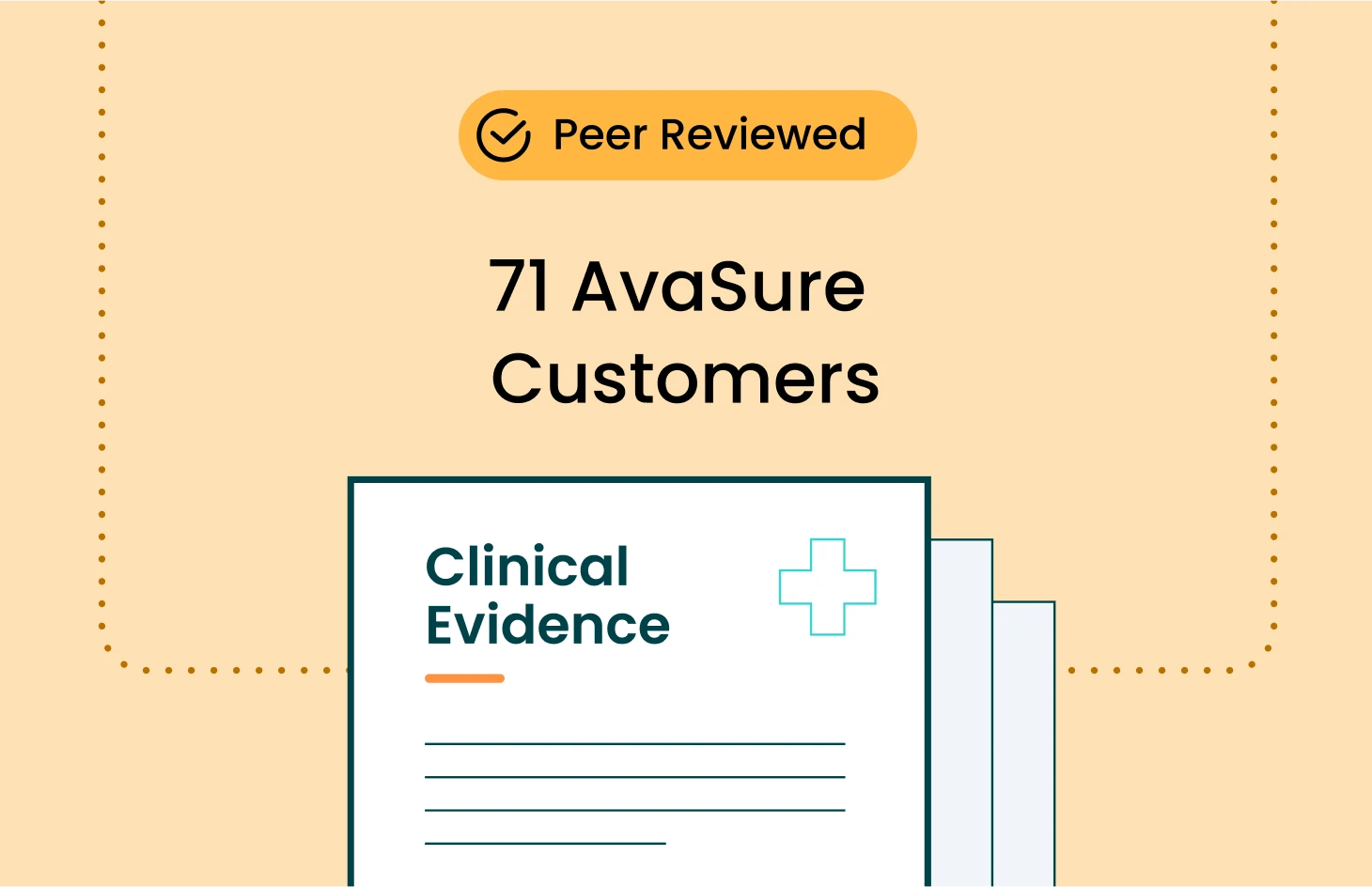Outcomes of Patient-Engaged Video Surveillance of Falls and Other Adverse Events
Fall Prevention
May 8, 2019
Video monitoring shows to be effective in reducing falls, room elopement, and line, tube, or drain dislodgment. Proves to be more effective in reducing falls than sitters, bed alarms, and purposeful rounding.
Outcomes of Patient-Engaged Video Surveillance on Falls and Other Adverse Events
Quigley PA, Votruba L, Kaminski J. Clin Geriatr Med. 2019;35(2):253-263.
Challenge
Traditional surveillance measures aimed at reducing adverse events such as falls create a false sense of safety. For decades, nurses have relied on traditional surveillance methods to proactively meet patient needs: hourly rounding, patient-activated call lights, and movement-initiated alarms.
The ineffectiveness of these traditional interventions has been confirmed by a limited number of published studies and the epidemic of harm still occurring in hospitals. For example:
- Studies on hourly rounding have been found to be inconsistent in their reporting of the quantity, quality, and reliability of rounding
- Another study on call light response times reported response times of as long as 17 minutes and 27 seconds, which is more than enough time for a patient to fall out of bed or a chair
Although movement alarms are among the most commonly used fall prevention strategies in hospitals, studies on patients rescued from experiencing a fall and on the reduction in falls, fallers, or fall rates are very limited, and there are no published studies on the timeliness of nursing staff response to patients’ activated movement alarms.
Solution
Patient-engaged video surveillance (PEVS) provides a much-needed safety net for patients. In this study of 71 hospitals and 15,021 patients believed to be most at risk of falls and other adverse events, the incidences of falls; room elopement; and line, tube, or drain dislodgement were rare when patients were monitored using PEVS with the AvaSure TeleSitter® solution.
- The overall fall rate was 1.50 falls per 1000 days of surveillance. It was even lower (0.38 falls per 1000 surveillance days) in patients aged 85 years and older—the oldest group and the most vulnerable to fall injury. This greatly exceeds the aggregate fall and fall rate reduction among all of the hospitals enrolled in Centers for Medicare & Medicaid Services Hospital Engagement Network/Hospital Innovation Improvement Networks (2010–2014)
- The average PEVS alarm response time was 15.8 seconds
- There were69 elopements per 1000 days of surveillance
- There were <3 lines, tubes, or drains dislodged per 1000 days of surveillance
The TeleSitter® solution enables 1 safety attendant to monitor up to 16 patients at one time. As such, this study calculated that there would need to be 453 annualized full-time equivalents to provide 942,482 hours of surveillance using the traditional one-to-one sitter method. With PEVS providing a monitoring-staff-to-patient ratio of 1:12, the total number of required full-time equivalents is reduced by 92% to 38 full-time equivalents—substantially reducing costs (actual reductions in cost would vary based on the hourly wages of the one-to-one sitters and monitoring staff).
Conclusions
The findings of this study should compel all organizations to implement a PEVS program, such as the AvaSure TeleSitter® solution, in order to be in the position to best correct root causes of harm and create a real-time, broad safety net for patients.
